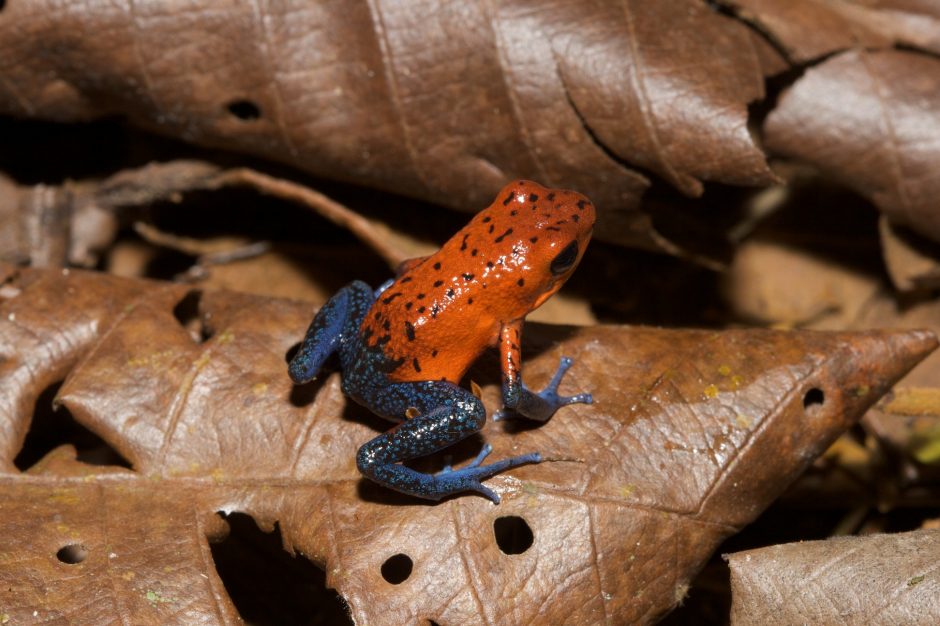
How to Take a Macro Shot without a Macro Lens
Macro photography is one of the most fun types of photography in areas where you’re likely to encounter the amazing little critters of the world. Think places with lowland tropical forests like Costa Rica, Borneo, and Madagascar. Each of these have a plethora of tiny frogs, insects, and reptiles just waiting to model for you!
But, what if you don’t have a macro lens? Fear not, as there is an easy solution with the wide angle lens you already have. Get your 18-55mm, 24-70mm, 24-105mm, or whatever you use for general landscapes and follow this guide!
First, make sure the lens is zoomed to its maximum
You’ll want to get as much magnification as you can. If your lens can go to 55mm, then go there! Or, say it goes to 200mm – zoom in as much as you can…this is key.
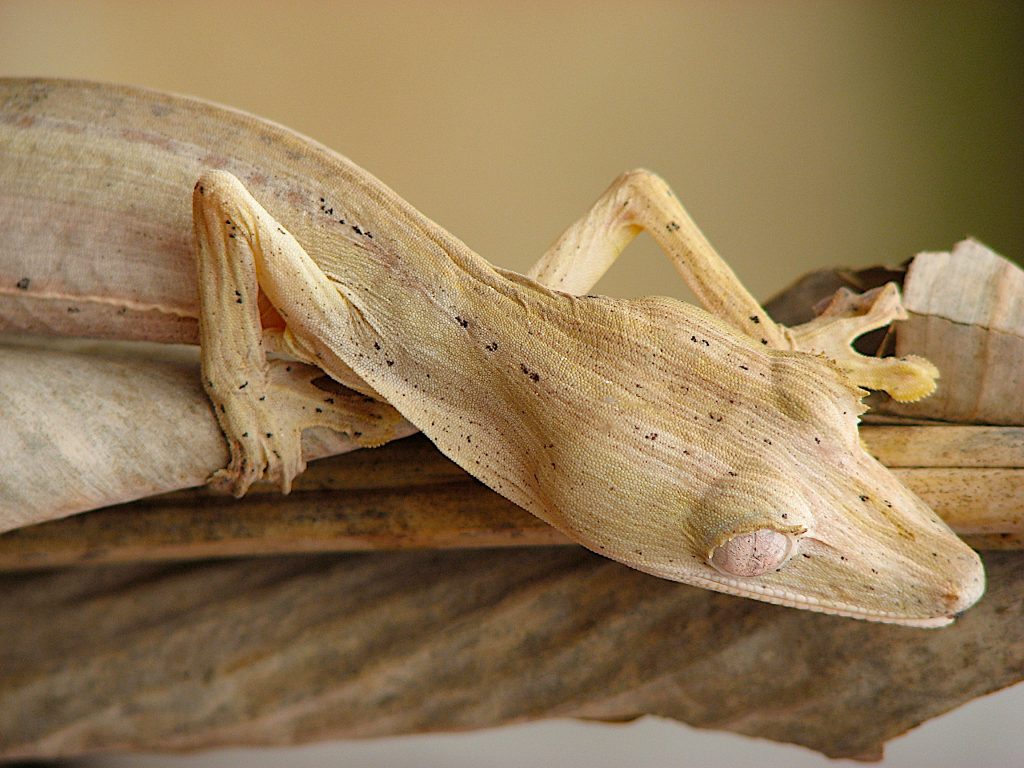
Next, get your camera on manual focus
And dial your focus to the minimum focusing distance…the opposite direction as the little infinity symbol…until it won’t go any further. You’ve hit the absolute minimum. Now, try not to move this at all while you are photographing your subject, as this will give you the closest macro as possible.
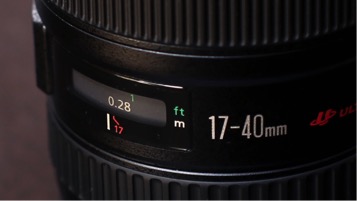
Also, look around on the barrel of your lens and see if you see something like the below. Sometimes instead of the word “macro” it will have a small flower. Note the distance it states. Here is says 0.85 meters or 2.8 feet…we’ll come back to this later.
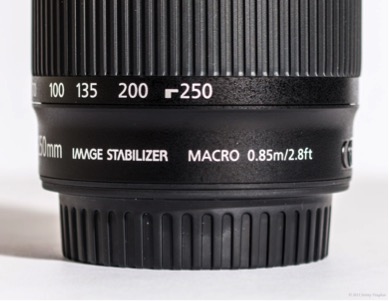
If you have a flash, pop it up or mount it to the hot shoe
And only if you have a flash, put your camera on manual settings and dial in f/11; 1/160 of a second, and ISO 800. Feel free to toy around with these settings, as there is wiggle room. However, the main thing is that you want to try and get a big depth of field to make as much in focus as possible. The flash helps immensely with this.
If you don’t have a flash, keep your settings conservative
That is, you won’t have the light to support the extremely wide depth of field an f/11 would give you. So, keep your camera on moderate settings or auto. You’ll likely have something like f/5.6 or f/8; 1/80thof a shutter speed, and ISO 800 or 1600. Or, if you want to experiment, put your setting on M for manual and dial these in manually. If the resulting photo is too dark, pull back on the aperture or shutter speed, or increase the ISO until you get decent lighting.
The downside of not having a flash is that you won’t get that big depth of field, and you’ll have to hold a bit more still when actually firing the shutter (1/80thof a second isn’t all that fast). Plus, you may need to be prepared to go to a higher ISO to support all this if the lighting isn’t good. But on cameras without flash, generally they are the higher-end ones that can support higher ISOs to compensate.
Move yourself into position
The trick with this method is that YOU will physically focus the shot by moving back and forth—closer and further from the subject until it appears in focus in your camera. That’s right, don’t touch your camera’s focus…YOU will physically be the focusing mechanism.
The reason for this is that you want to keep your camera on maximum zoom and minimum focusing distance. Remember that value on the lens barrel I told you to take note of? That’s your target.
If it says 1.6ft, aim to put yourself about 3 feet away from the subject and slowly get closer. If is says 2.8 feet, stand just a bit beyond that so that you can be comfortable moving closer with your body. As you get closer, you’ll notice the subject getting more and more info focus. Then, when it’s crisp in your viewfinder, fire away! And fire a few shots to try and get that one that’s juuuuust right.
As you can see, this is a bit of a clunky procedure, but it works! It works really well! And you’ll be surprised how big the subject will appear in your viewfinder and camera. That’s the brilliance of it—getting a big photo of a small critter without a specialty lens and fancy setup.
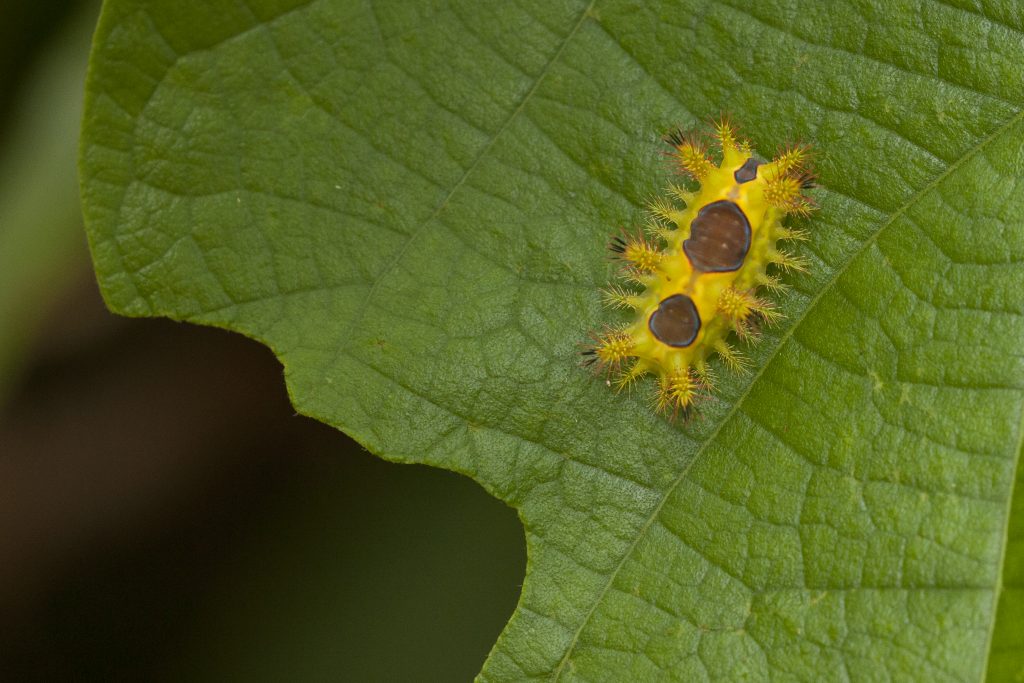
Now, this of course doesn’t mean that you should never consider a macro lens, especially if you are headed on a dedicated photography expedition soon. Macro lenses indeed can be great fun, along with a dedicated macro flash setup. If you’re interested in learning more about macro photography setups and techniques, navigate over to our Macro Photography page and enjoy!
In the meantime, get out there and give it a shot!
Cheers,

Court
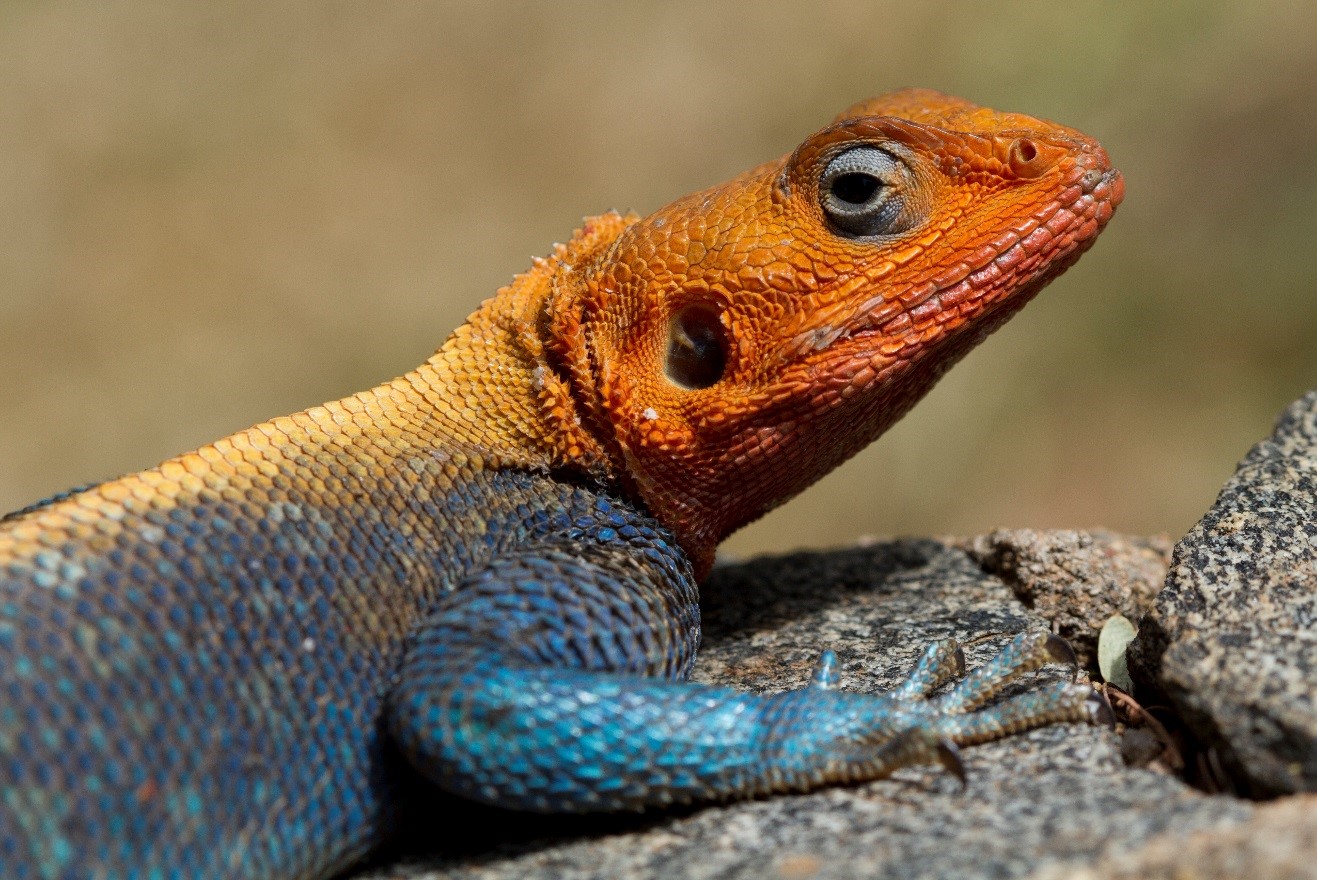
Leave a reply